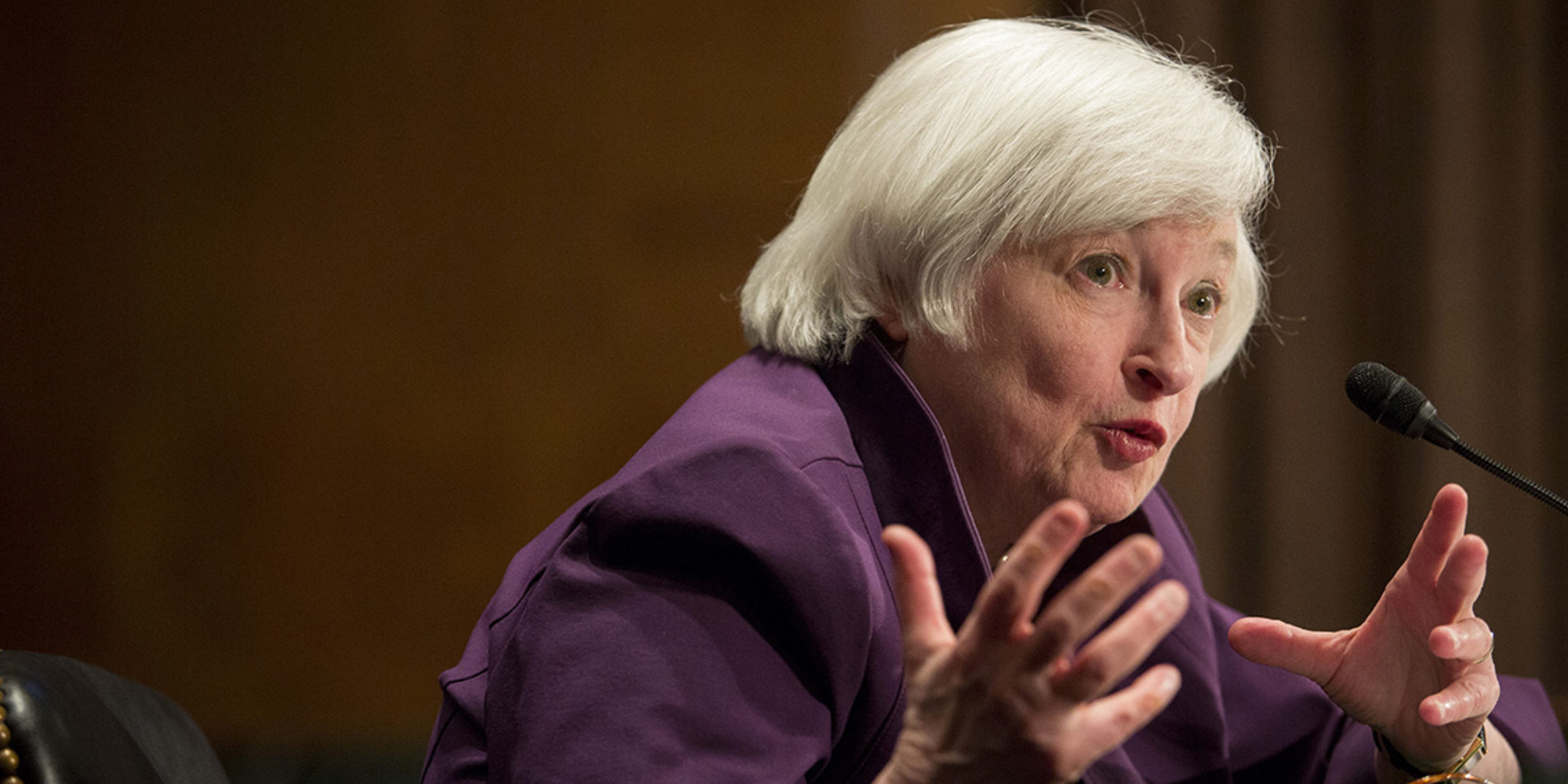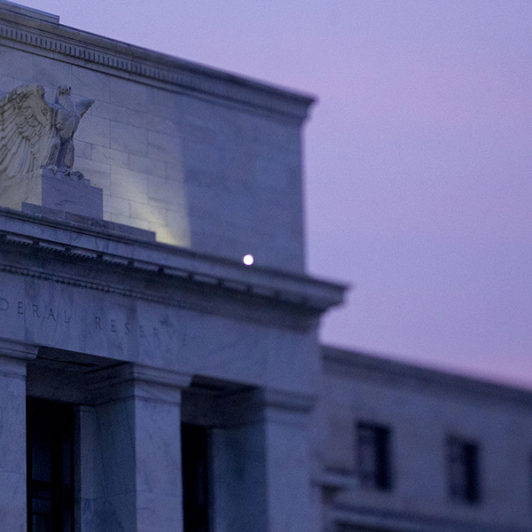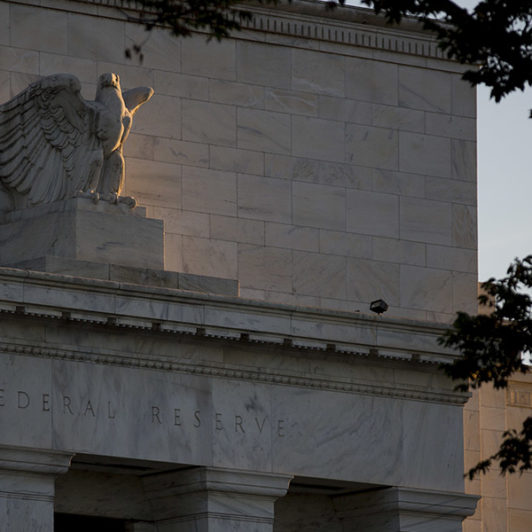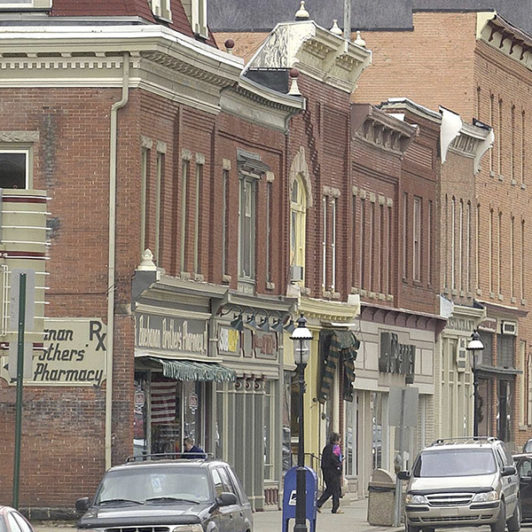Janet Yellen, chairperson of the U.S. Federal Reserve Board of Governors once noted in a speech, “The June and August FOMC [Federal Open Market Committee] statements made clear that the current policy stance is highly accommodative, so short-term interest rates have to go up to prevent an eventual increase in inflation. The policy challenge is to consider the question: ‘how fast?’ At this point, we still face some uncertainties about the strength of the economic expansion and the strength of job creation.” These comments date back to September 2004, when Dr. Yellen was making her first public remarks as then-president of the San Francisco Federal Reserve bank, but the comments seem nearly as apropos today.1
The U.S. Federal Reserve will likely soon hike interest rates for the first time in almost seven years, but many market participants seem to be focusing on the wrong issue. As in 2004, the question is “how fast?” This question consists of multiple components:
- When will the Fed first begin to raise rates, and
- At what pace will the Fed raise rates until the fed funds target reaches the Fed’s estimated equilibrium rate?
Key questions for long-term investors
For many market participants, the “when” question dominates the discussion, in part because the answer to that question remains more uncertain today than during the previous two episodes of Fed rate hiking.

For longer-term investors however, the “when” question seems of second-order importance. “At what pace” and “how much” (i.e., the equilibrium level) will the Fed raise rates during the foreseeable future should remain top of mind, because these issues have a more significant effect on the long-term economic and financial outcomes than whether the first rate hike occurs in September or a few months later.






